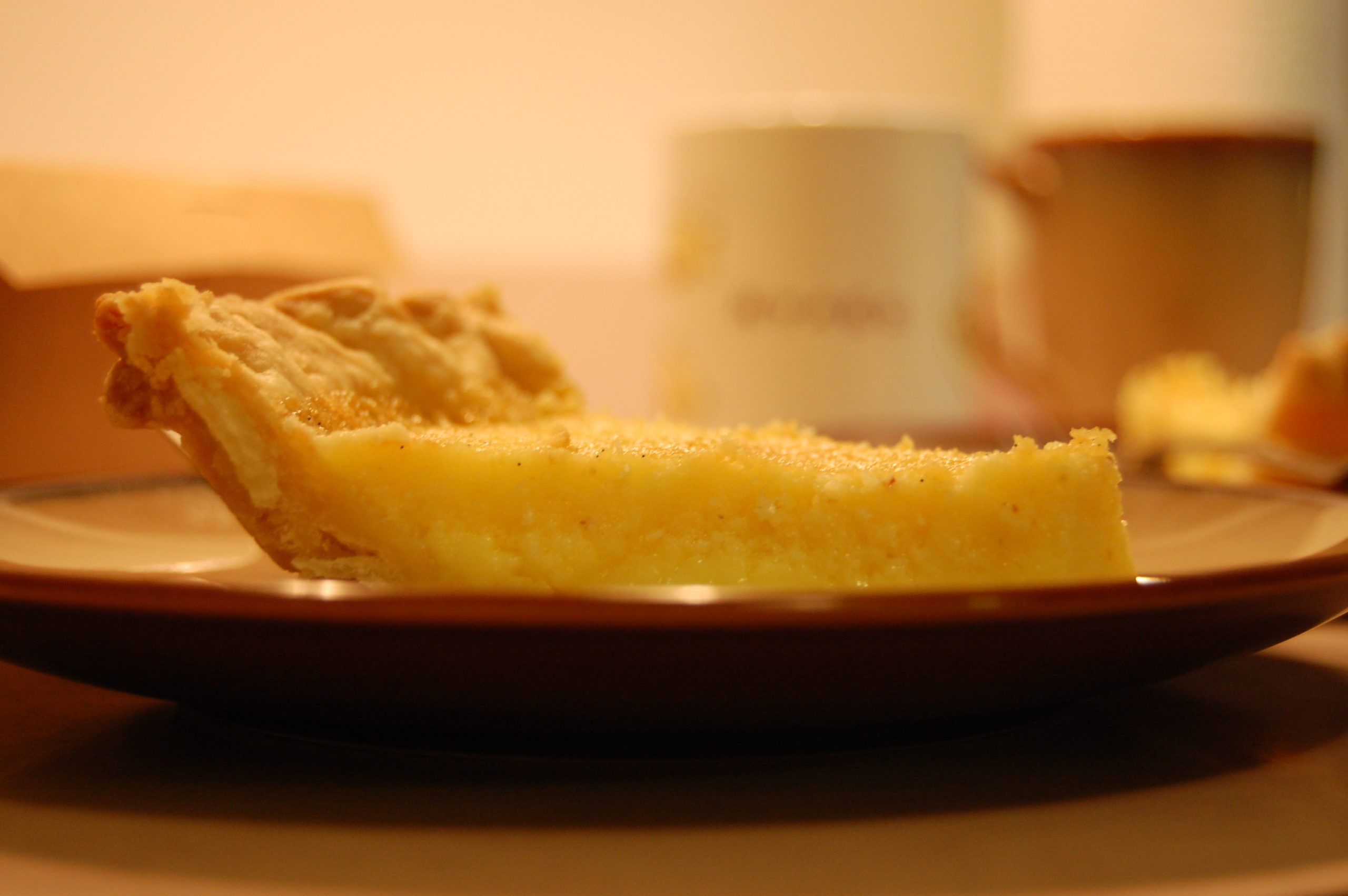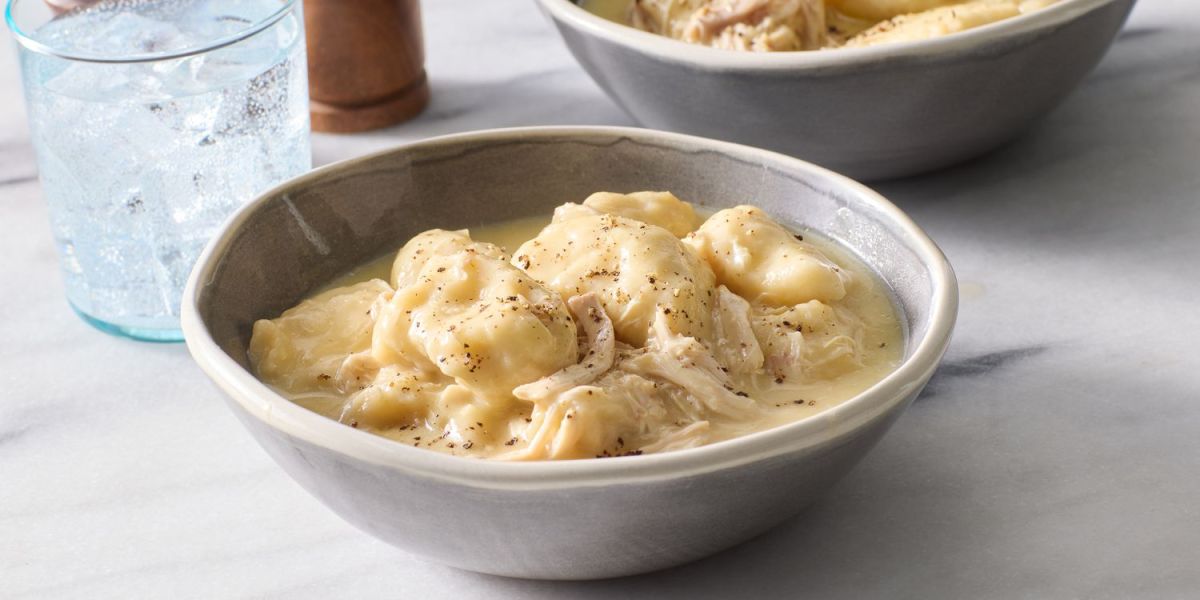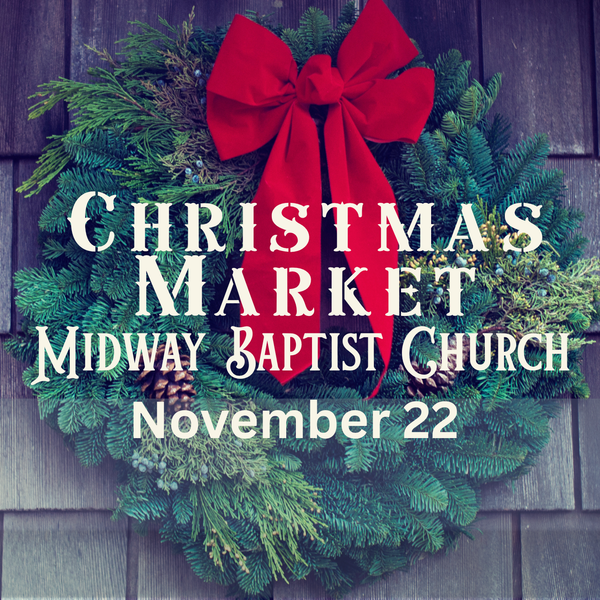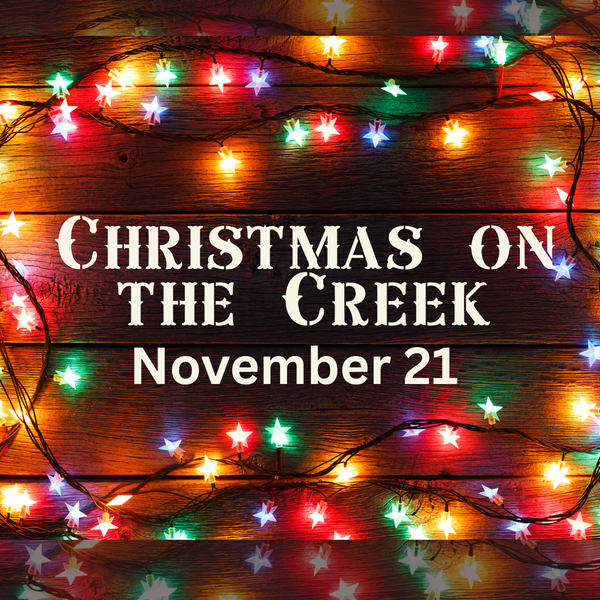Why Appalachians Ate Chicken and Dumplings on Thanksgiving

A tradition born from hard times that still finds its way to rural tables today.
I want to tell you something about Thanksgiving in the mountains. It is not the kind of thing you see in a Hallmark movie where everybody lives in spotless rustic cabins with perfect flannel shirts and a turkey that looks like it came out of a food commercial. This is the kind of Thanksgiving that comes out of barns, back roads, and old kitchens where the windows fog up from real work.
I grew up on a dairy farm in the coalfields of Virginia. That meant Thanksgiving morning looked exactly like every other morning. You got up before daylight, walked out into the cold, and fed and milked the cows. The steam from their breath rose through the rafters, the milking machine hummed, and the world was quiet except for the sound of cattle shifting their weight. Neighbors might be hiking up a ridge with a rifle hoping a buck deer wandered by. No one was watching the Macy's Thanksgiving parade because our tv antenna only picked up a picture when a storm was coming.
Once the chores were finished we came inside, washed up, and sat down to what we considered the real beginning of Thanksgiving. Chicken and dumplings. Thick dumplings that sat heavy and honest. Chicken from a hen that had been scratching around the yard a day or two earlier. I grew up thinking every kid in America started Thanksgiving this way.
College straightened that out. I sat in an Appalachian history class listening to the professor explain that what we did was not common everywhere. It was a regional tradition. It stretched through the coalfields of Virginia and Kentucky, across the ridges of West Virginia, into East Tennessee, Western North Carolina, Eastern Kentucky, and the Blue Ridge. Families in the Smokies did it. Families in the foothills of Ohio did it. Appalachian families who moved to Cincinnati kept it alive. You can see some of this history in the Urban Appalachian Community Coalition’s article “Traditional Appalachian Thanksgiving” here:

The reason chicken took the lead was simple. Rural families in the mountains were usually too poor to buy a turkey. Turkeys were expensive and rare unless you managed to shoot a wild one. (FYI; I’m not a big fan of eating ‘wild’ turkey.) A chicken was always available. A good laying hen that had slowed down in winter made her final contribution in the pot. It was practical and it fed a crowd.
Old mountain cooks also used everything. One example is the egg bag. Inside a hen sits a long string of tiny yolks lined up for future eggs. The elders would empty that into the broth which made it rich and golden. It was old mountain know how long before anyone tried to call it heritage cooking. The Echoes of Appalachia article “A Taste of Tradition” explains this well:

Farther south in the Smokies the same pattern shows up. Blind Pig and the Acorn’s “High Country Thanksgiving Traditions” tells a story that could have been written about our own table. The day started with a big breakfast. Tenderloin, ham, biscuits and gravy. The main meal featured baked hens, stone ground cornbread dressing, hominy, leather britches, greens with turnip cubes, and stack cake with dried apples. You can read that memory here:
https://blindpigandtheacorn.com/high-country-thanksgiving-traditions/
None of this came from abundance. It came from hard times, thrift, and a sense of family that was not written on greeting cards. A Thanksgiving table in the mountains did not try to impress anyone. It was there to feed your people and any neighbor who walked in hungry. Gratitude was not something said in a toast. It was something cooked with your own hands.
The rest of the country may picture Thanksgiving with a perfect turkey set under soft light. Out here the holiday was shaped by real life. It was shaped by work and weather and the simple knowledge that food tastes better when it comes from the land beneath your feet. If that meant chicken instead of turkey, nobody felt shortchanged.
And the truth is simple. A hen cooked right will still beat a turkey any day of the week. The mountain folks knew that long before Hallmark ever showed its first snowflake.
Happy Thanksgiving!
John Peace II








